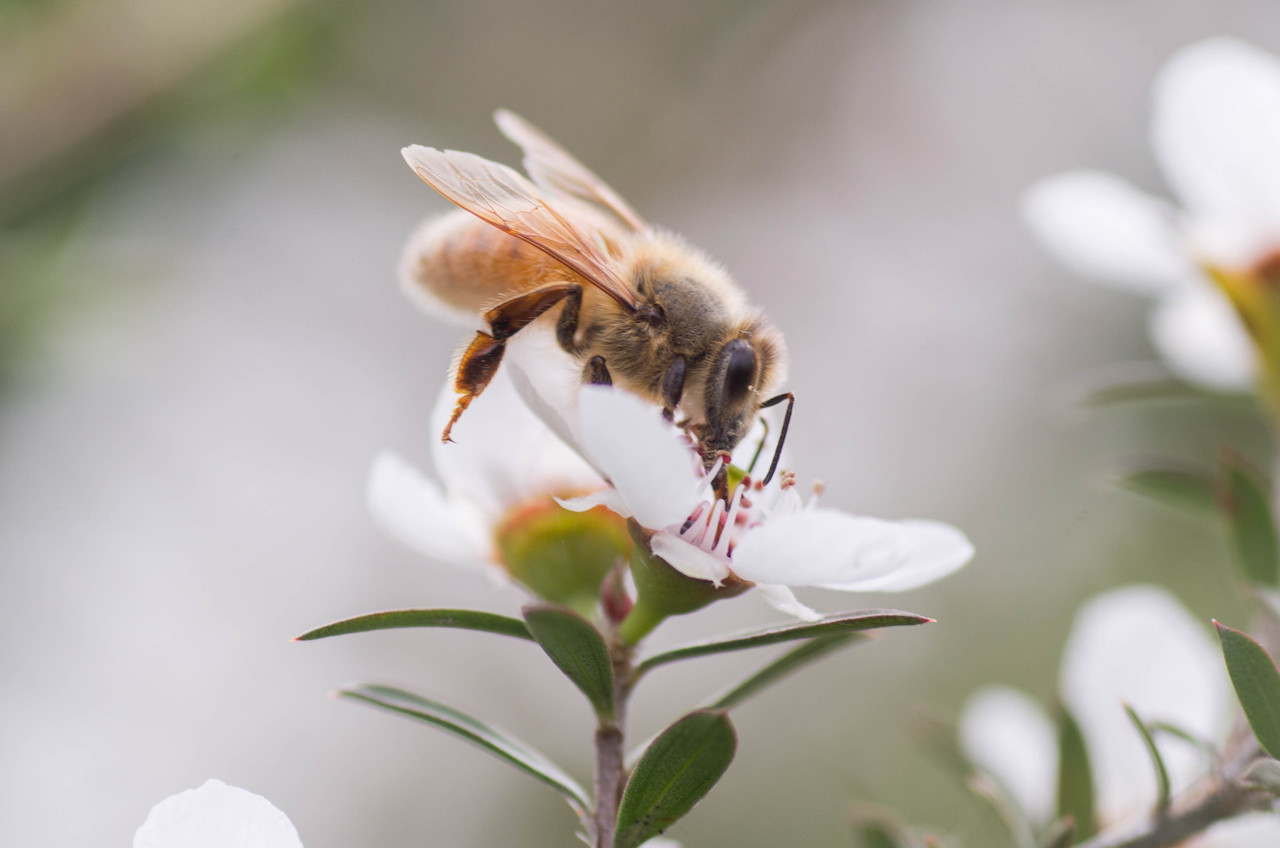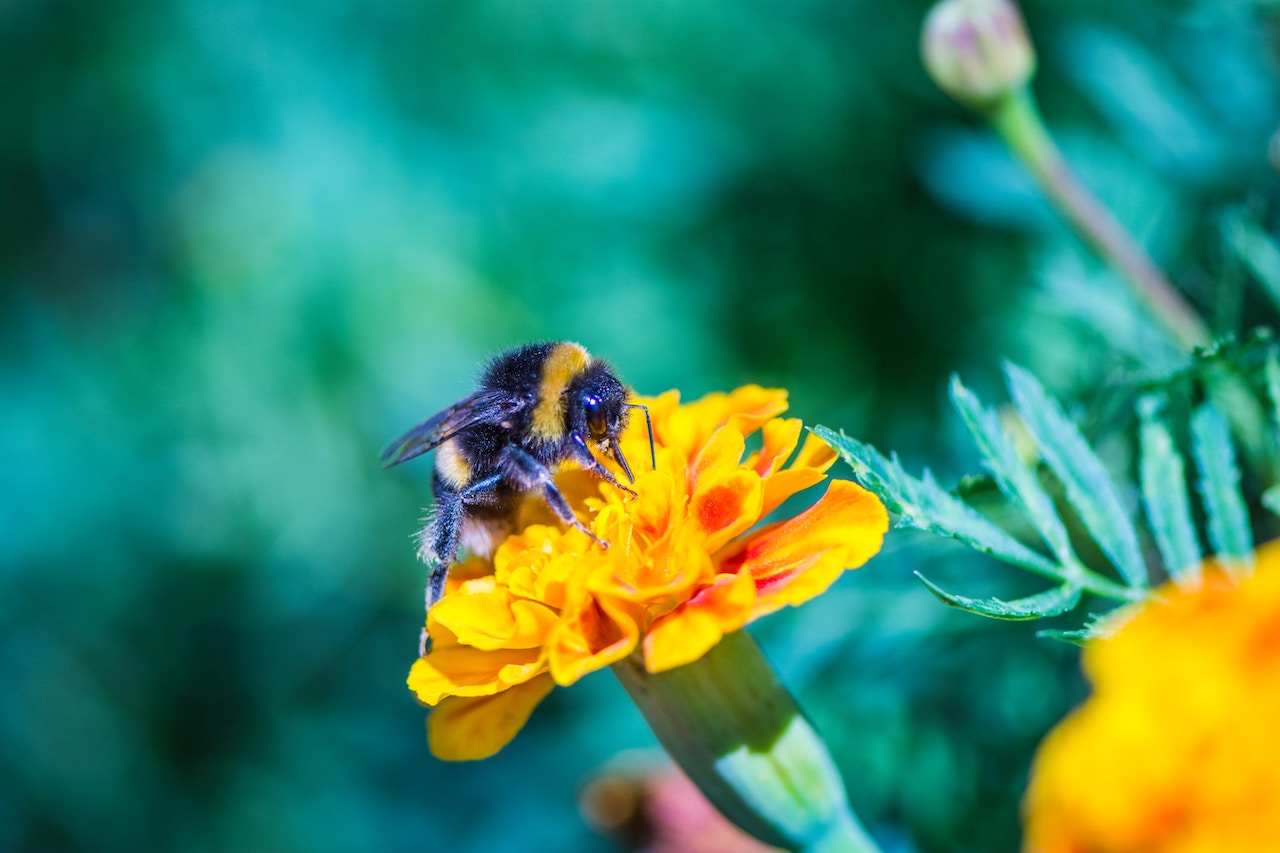Laboratory testing has been undertaken on batches of honey sold as manuka, originating from seven countries outside of New Zealand, to verify their authenticity.
The Unique Manuka Factor Honey Association (UMFHA) used a certified independent lab and applied a strict framework of identifying markers to test 41 brands of non-New Zealand sourced manuka.
The honeys were labelled as manuka and sold as such by major online retailers, but the tests found that 100% of the honey samples ‘failed to meet the New Zealand Government manuka honey identification test’, leading the UMFHA to declare that all 41 brands are supplying ‘non-authentic’ manuka.
“Around the world New Zealand manuka honey is valued for properties that support health and wellness,” the UMFHA states in a white paper. “Genuine health outcomes require authentic natural health products supported by research. Decades of research has demonstrated the benefits of manuka honey derived from the New Zealand manuka tree, Leptospermum scoparium. Any honey from another country labelled manuka misleads consumers are they are a different composition to New Zealand manuka honey. Non-New Zealand products labelled ‘manuka honey’ are not manuka honey.
They are misleading consumers, distributors and retailers alike, passing their product off as authentic
“They are misleading consumers, distributors and retailers alike, passing their product off as authentic. Consumers are buying these imitation honeys under the impression they have the same potential health benefits as genuine New Zealand manuka honey.”
In what the UMFHA says is ‘the most comprehensive test available to identify authentic manuka and validate its potency and purity’ the lab tested the honeys against the following criteria:
- Leptosperin, a critical marker of authenticity in New Zealand manuka honey, produced only by the manuka tree, that enters the bloodstream when consumed and is shown to be anti-inflammatory
- Methylglyoxal (MGO), the source of golden manuka honey’s special antibacterial properties and an important potency measure
- 4-Hydroxyphenyllactic acid (4’HPLA) >1
- 2-Methoxybenzoic acid (2’MBA) >1
- 2-Methoxy acetophenone (2’MAP) >5
- 3-Phenyllactic acid (3’PLA) >400
“The results proved none of the honey samples were produced from nectar sourced from New Zealand’s native Leptospermum scoparium or manuka tree.”





